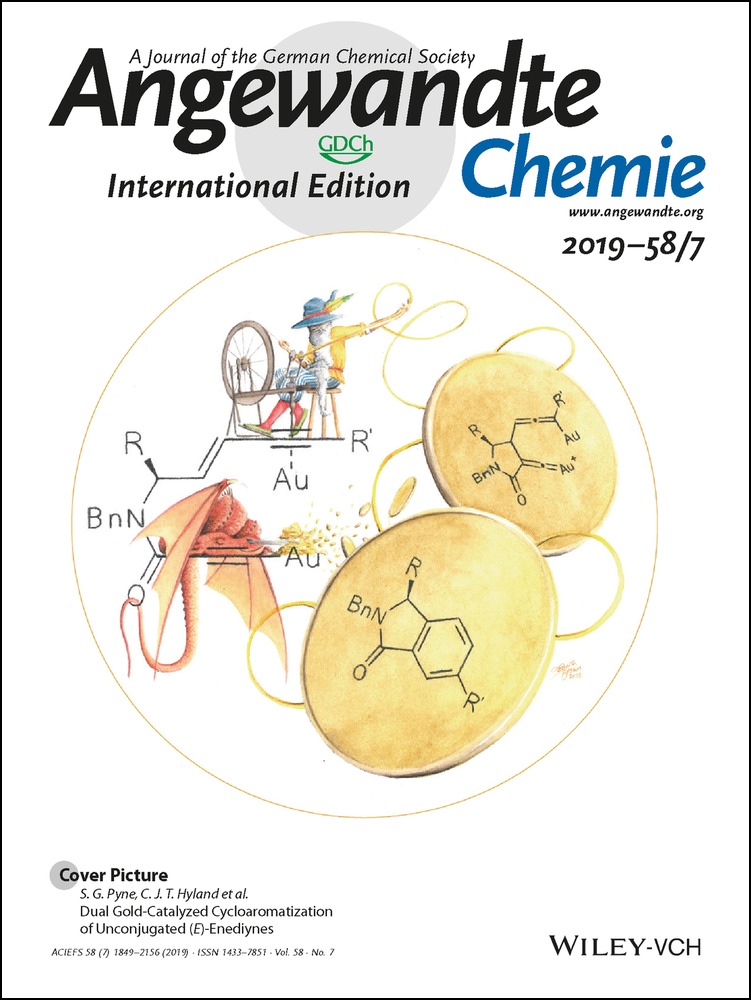Inside Cover: Access to N-Substituted 2-Pyridones by Catalytic Intermolecular Dearomatization and 1,4-Acyl Transfer (Angew. Chem. Int. Ed. 7/2019)
Graphical Abstract
When the fearless Don Quixote was charging at windmills, he left his slow companion, Sancho Panza, behind. In their Communication on page 1980 ff., X. Zhang, J. Sun et al. describe a novel rhodium-catalyzed dearomatization and rearrangement of O-substituted pyridines to access N-substituted 2-pyridones, a challenging target because their straightforward synthesis by simple alkylation of 2-pyridones is thwarted by their preferred O-reactivity. The key to this transformation is the formation of the pyridinium ylide and a subsequent 1,4-acyl migratory rearrangement.





